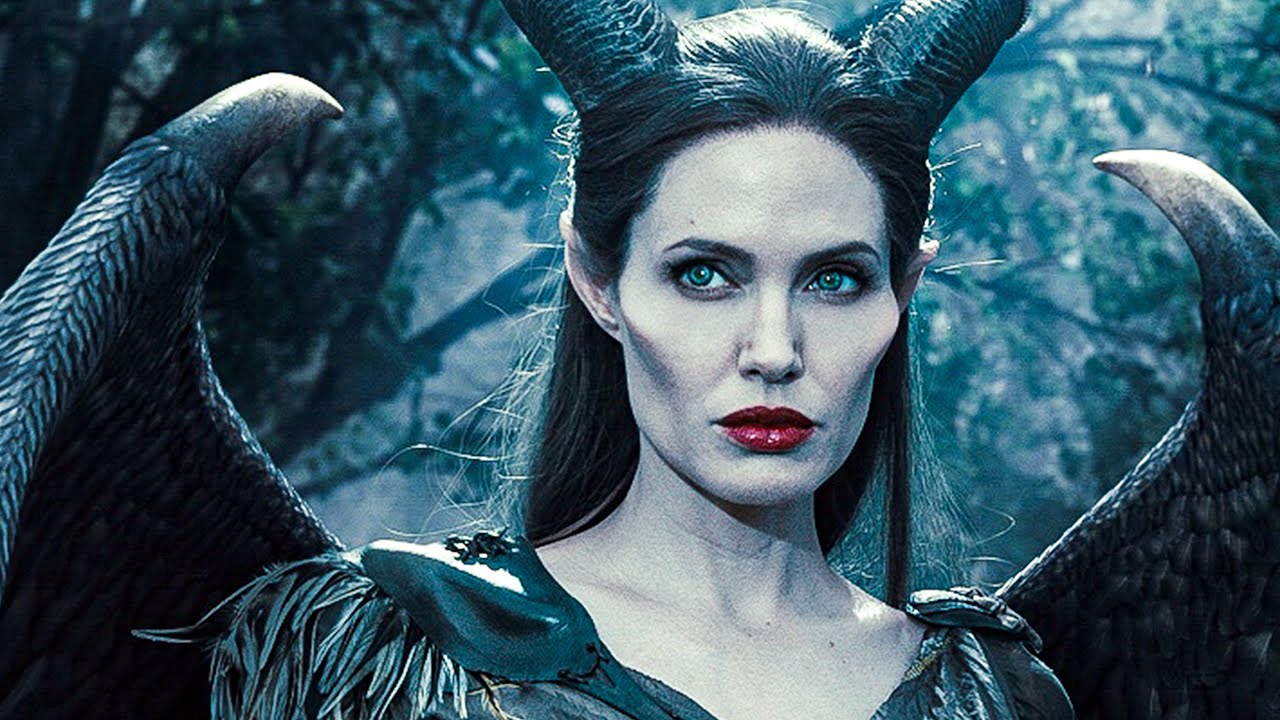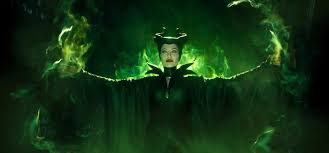Maleficent (2014)

Maleficent (2014): A Wickedly Enchanting Retelling of a Classic Tale
Introduction: A New Perspective on Evil
Disney’s Maleficent (2014) reimagines the classic Sleeping Beauty story through the eyes of its iconic villain, offering a fresh perspective on one of the most infamous characters in fairy tale history. Directed by Robert Stromberg and starring Angelina Jolie in a career-defining role, the film explores themes of betrayal, love, and redemption. By delving into Maleficent’s backstory, this dark fantasy seeks to humanize the misunderstood antagonist and challenge traditional notions of good versus evil.
A Bold Retelling of Sleeping Beauty
In Maleficent, the familiar tale of Princess Aurora is given a unique twist. The story begins with Maleficent as a young, kind-hearted fairy who protects the magical Moors. Her life takes a tragic turn when Stefan (Sharlto Copley), a childhood friend and love interest, betrays her to fulfill his ambition of becoming king. This act of treachery hardens Maleficent’s heart, transforming her into the vengeful figure we recognize from the original animated film.
In a fit of anger and sorrow, Maleficent curses the newborn Aurora (Elle Fanning), decreeing that she will prick her finger on a spinning wheel and fall into a death-like sleep by her sixteenth birthday. However, as Maleficent watches Aurora grow, she begins to feel an unexpected bond with the girl, leading to a powerful exploration of love, forgiveness, and the complexities of human (and fairy) nature.
Angelina Jolie: The Heart and Soul of the Film
Angelina Jolie’s portrayal of Maleficent is nothing short of mesmerizing. With her striking cheekbones, piercing gaze, and commanding presence, Jolie embodies the character with a perfect blend of menace and vulnerability. Her performance adds layers of depth to Maleficent, transforming her from a one-dimensional villain into a multifaceted character driven by pain and a desire for justice.
Jolie’s nuanced acting captures Maleficent’s internal struggle as she grapples with her feelings of vengeance and newfound affection for Aurora. Her emotional journey is the heart of the film, and Jolie’s charisma ensures that audiences are captivated by her every move. From her chilling delivery of the curse to her tender moments with Aurora, Jolie makes Maleficent both relatable and awe-inspiring.
Elle Fanning’s Aurora: Innocence and Optimism
Elle Fanning’s portrayal of Aurora provides a bright counterpoint to Maleficent’s darker character. As the cursed princess, Aurora exudes innocence, kindness, and an unwavering sense of optimism. Fanning’s performance captures the essence of a girl who is both curious about the world and deeply compassionate, qualities that ultimately help bridge the gap between her and Maleficent.
Aurora’s relationship with Maleficent forms the emotional core of the film. As she unknowingly wins over the fairy who cursed her, their bond challenges the traditional roles of hero and villain, showcasing the power of love and forgiveness.
Visual Spectacle: A Feast for the Eyes
Maleficent is a visual masterpiece, with stunning production design and breathtaking special effects. The Moors, with their otherworldly beauty and vibrant colors, provide a striking contrast to the cold, imposing castle of King Stefan. The film’s visual style creates a rich, immersive world that feels both magical and grounded.
The costume design also deserves special mention, particularly Maleficent’s iconic look. Her flowing black robes, dramatic horns, and ethereal wings make her an unforgettable presence on screen. The attention to detail in the film’s aesthetics enhances its fairy tale atmosphere and brings its fantastical elements to life.
Themes of Betrayal, Love, and Redemption
At its core, Maleficent is a story about the transformative power of love and the possibility of redemption. Maleficent’s journey from a betrayed and vengeful fairy to a protector and surrogate mother for Aurora is both compelling and poignant. The film challenges the simplistic dichotomy of good versus evil, showing that even those who commit dark deeds are capable of change.
The theme of betrayal is central to Maleficent’s character arc. Stefan’s act of cutting off her wings is not only a physical violation but also a symbolic representation of lost innocence and trust. This betrayal sets Maleficent on a path of vengeance, but it is her growing affection for Aurora that allows her to heal and rediscover her capacity for love.
The mother-daughter dynamic between Maleficent and Aurora is one of the film’s most powerful elements. Through their relationship, the story emphasizes the importance of empathy and understanding, highlighting how love can break even the darkest of curses.
Criticism: A Simplified Conflict
While Maleficent offers a refreshing perspective on a classic story, it is not without its flaws. One of the main criticisms is the underdeveloped portrayal of King Stefan. His transformation from a kind-hearted boy to a power-hungry tyrant feels abrupt and lacks the depth needed to make him a truly compelling antagonist. As a result, his conflict with Maleficent feels one-dimensional compared to the nuanced exploration of her character.
Additionally, some viewers may find the pacing uneven, with certain scenes lingering longer than necessary while others feel rushed. However, these issues do little to detract from the overall impact of the film.
Legacy: Redefining the Fairy Tale Genre
Maleficent marked a significant departure from Disney’s traditional approach to fairy tales, paving the way for other reimagined classics like Cinderella (2015) and Beauty and the Beast (2017). By giving a voice to the villain and exploring her motivations, the film challenged audiences to see familiar stories from a new perspective.
Angelina Jolie’s portrayal of Maleficent has become iconic, cementing her place as one of Disney’s most memorable live-action characters. The film’s success also led to a sequel, Maleficent: Mistress of Evil (2019), which further explores the character’s journey.
Conclusion: A Dark and Beautiful Tale
Maleficent (2014) is a bold and captivating reimagining of a beloved fairy tale. With its stunning visuals, complex characters, and emotional depth, the film offers a fresh take on the story of Sleeping Beauty. Angelina Jolie’s powerhouse performance anchors the narrative, making Maleficent a character who is as sympathetic as she is formidable.
While the film has its shortcomings, its strengths far outweigh its weaknesses, ensuring that it remains a standout entry in Disney’s live-action catalog. Maleficent is more than just a retelling—it is a story about the power of love, the pain of betrayal, and the possibility of redemption. For fans of fantasy and fairy tales, it’s a must-watch that continues to enchant audiences around the world.
Hashtags: #Maleficent #DisneyLiveAction #AngelinaJolie #SleepingBeauty #FairyTaleRetelling #MovieReview